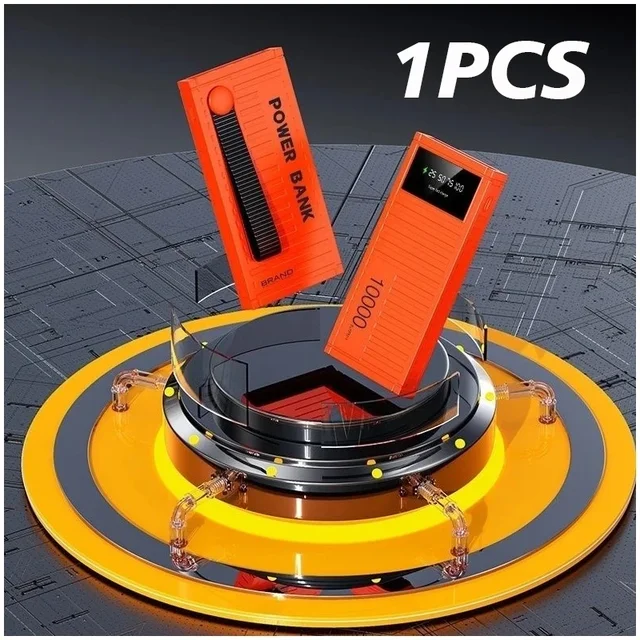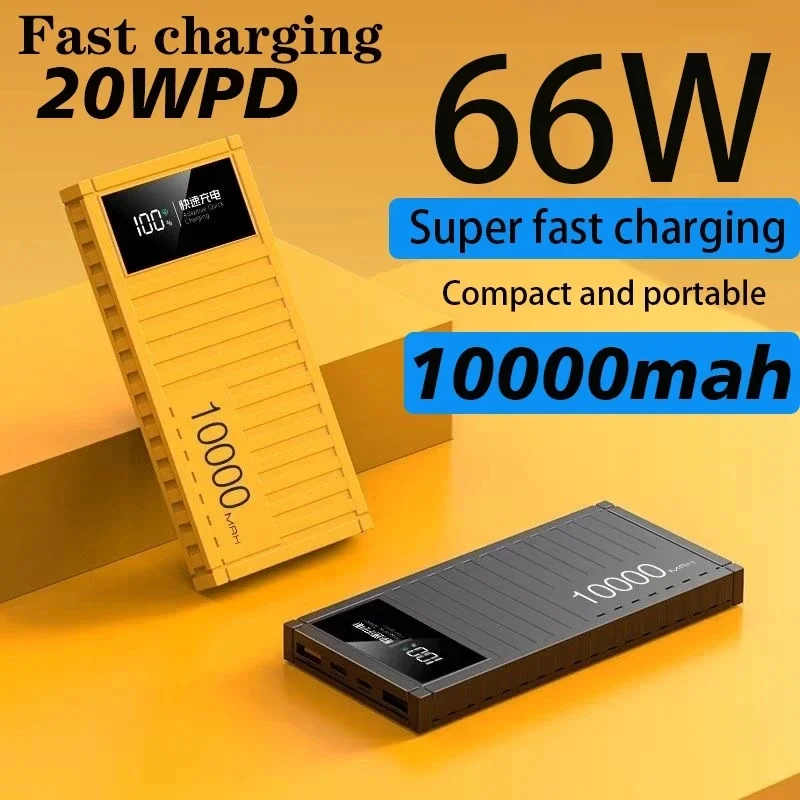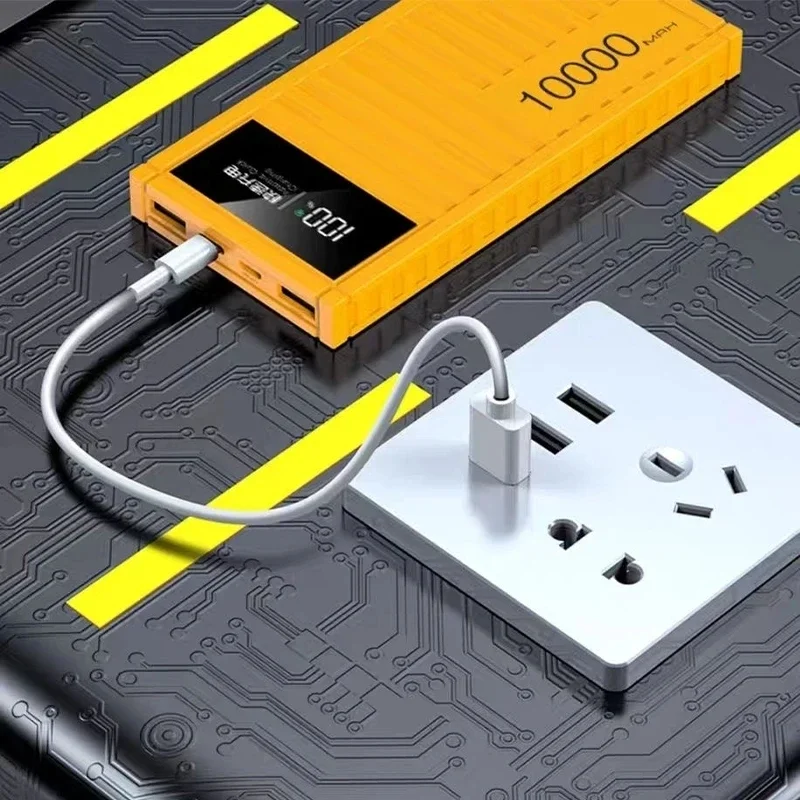Introduction to DIY Power Banks
In an era where staying connected is vital, the fear of a dying smartphone battery can be a real concern. Portable power banks have become indispensable accessories, providing on-the-go charging convenience. However, commercial power banks often come with a price tag, and their features might not align perfectly with individual needs. Enter DIY power bank projects—a cost-effective and customizable alternative that lets you build a power bank tailored to your specifications. This beginner’s guide demystifies the process, walking you through the basics, necessary components, safety precautions, and exciting project ideas to kickstart your DIY journey.
Understanding the Basics of Power Banks
How Do Power Banks Work?
Power banks store electricity in rechargeable batteries, usually lithium-ion, which can then be transferred to your devices via USB ports. They consist of a battery, a voltage regulator (to ensure safe charging), and a control circuit to manage power flow.
Key Components for a DIY Power Bank
- Battery Pack: The heart of your power bank, lithium-ion 18650 cells are popular due to their balance of capacity and size.
- PCB (Protection Circuit Board): Vital for preventing overcharging, over-discharging, and short circuits.
- Charging Module: Converts input power from a charger to charge the battery safely.
- USB Output: Allows you to connect and charge your devices.
- Housing: A protective case to hold all components together, which can be 3D printed or repurposed from an old case.

Safety First: Handling Lithium-Ion Batteries
Working with lithium-ion batteries demands caution due to their potential to ignite if mishandled. Always:
- Wear safety goggles and gloves.
- Use a fireproof container for battery storage.
- Keep a fire extinguisher nearby.
- Never short circuit or puncture batteries.
- Charge and discharge under controlled conditions.
Step-by-Step Guide to Building Your First DIY Power Bank
1. Planning and Gathering Materials
Decide on the capacity (mAh) and number of output ports needed. Purchase the components accordingly, ensuring compatibility.
2. Assembling the Battery Pack
Arrange and solder the 18650 cells in series or parallel based on your desired voltage and capacity. Use battery holders or spot welding for a safer and cleaner assembly.
3. Installing the PCB
Connect the battery pack to the PCB, following the manufacturer’s instructions to ensure correct polarity.
4. Adding Charging and Output Modules
Attach the charging module to the PCB, connecting it to the battery pack. Similarly, integrate the USB output(s), ensuring they are wired correctly.
5. Enclosure Design and Assembly
Design or select a housing that fits your assembled components. Drill holes for USB ports, LED indicators, and if necessary, a power button. Secure all components inside the case.
6. Testing and Troubleshooting
Before use, test your DIY power bank with a voltmeter to verify output voltage and current. Charge and discharge it a few times to ensure everything functions as expected. Address any issues promptly.

Exciting DIY Power Bank Project Ideas
1. Solar-Powered Power Bank
Combine your DIY power bank with a compact solar panel for an eco-friendly, renewable energy source. Ideal for camping trips or outdoor adventures.
2. Hidden Compartment Power Bank
Transform a book or a hollowed-out object into a discreet power bank with a secret compartment, blending utility with novelty.
3. Custom-Shaped Power Banks
Using a 3D printer, create a unique housing that reflects your personality or matches the theme of your favorite hobby or fandom.
4. Multi-Functional Survival Kit
Integrate a flashlight, compass, or emergency whistle into your power bank design, creating a versatile survival tool perfect for outdoor enthusiasts.
5. Wireless Charging Upgrade
Add a Qi wireless charging pad to your DIY power bank for convenient, cable-free charging of compatible devices.

Closing Thoughts: Empowering Your Portable Energy Needs
Embarking on DIY power bank projects not only equips you with a personalized charging solution but also nurtures creativity, electronics knowledge, and a sense of accomplishment. As you progress, consider upgrading your projects with more advanced features or exploring new technologies like graphene batteries for enhanced performance. Remember, safety remains paramount throughout your DIY endeavors. With each successful build, you’ll find yourself more confident and capable, ready to tackle increasingly complex projects that cater to your evolving portable power needs. So, roll up your sleeves, gather your tools, and let your imagination fuel your next DIY power bank adventure.
Maximizing Efficiency & Extending Battery Life
Optimizing Battery Performance
To ensure your DIY power bank delivers optimal performance and longevity, consider these tips:
- Battery Balancing: For multi-cell battery packs, implement a balancing circuit to equalize the charge across all cells, preventing overcharging of any single cell.
- Temperature Control: Monitor and maintain moderate temperatures during charging and discharging. Excessive heat can degrade battery life.
- Smart Charging Algorithms: Utilize charging modules that incorporate advanced algorithms, which can detect the battery’s state and adjust charging rates accordingly, preserving battery health.
Choosing the Right Capacity
Selecting the right battery capacity (mAh) is crucial. Estimate your daily power consumption and multiply it by the number of days you wish to go without recharging your power bank. Remember, higher capacities mean larger and heavier units.
Maintaining Your DIY Power Bank
- Regular Check-Ups: Inspect your power bank periodically for any physical damage, loose connections, or signs of overheating.
- Storage Best Practices: When storing for extended periods, keep the battery charged to around 50%, and store in a cool, dry place. This helps preserve battery health.
- Calibration: Periodically perform a full charge and discharge cycle to recalibrate the battery gauge, ensuring accurate battery level readings.
Customizing for User-Friendliness
LED Indicators and Switches
Integrate LED lights to indicate battery levels and charging status. Adding an on/off switch gives you control over power usage, preventing unnecessary drain when not in use.
Cable Management Solutions
Include a cable organizer or built-in charging cables to streamline your charging experience and reduce clutter.
Compatibility with Multiple Devices
Ensure your DIY power bank supports fast charging technologies (like Quick Charge or USB-C Power Delivery) and includes various output ports to cater to different devices.
Exploring Advanced Features
Intelligent Power Management
Advanced power banks incorporate smart IC chips that automatically identify connected devices and adjust output voltage and current accordingly, ensuring efficient and safe charging.
Wireless Charging Enhancements
Upgrade your DIY project to support Qi wireless charging by incorporating a wireless charging coil and controller board. This adds convenience and future-proofs your power bank.
App Integration
For tech enthusiasts, consider integrating Bluetooth connectivity and an accompanying app. This allows you to monitor battery levels, control charging, and even locate your power bank if misplaced, all from your smartphone.
Custom Firmware Programming
For tech-savvy makers, programming custom firmware onto microcontrollers like Arduino or Raspberry Pi can unlock advanced functionalities. Create personalized charging algorithms, add smart features, or even integrate Internet-of-Things capabilities for remote monitoring and control.
Conclusion: Unlocking Endless Possibilities
DIY power bank projects offer a gateway to personalized, efficient, and cost-effective portable power solutions. As you delve deeper into the realm of customization and enhancement, you’ll discover endless opportunities to tailor your power bank to your exact needs and preferences. Whether you’re an outdoor enthusiast seeking a rugged, solar-powered companion or a tech-savvy creator looking to integrate the latest charging technologies, the world of DIY power banks is ripe with potential. With each project, you’ll not only refine your technical skills but also foster a deeper understanding of the technology that fuels our interconnected lives. So, continue to innovate, experiment, and unleash the full potential of portable power at your fingertips.

